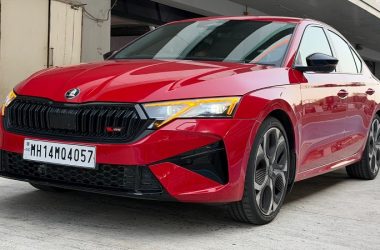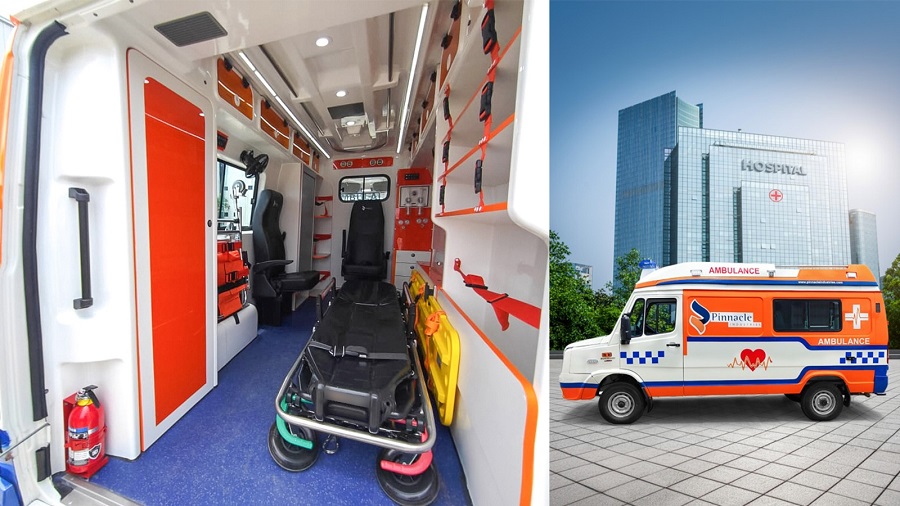Streamlined Urban Transport Under State Jurisdiction: Key Measures Implemented
Urban transport management in India has always been a state matter, with local governments and urban development authorities bearing the responsibility for planning, execution, and development. The Ministry of Housing and Urban Affairs supports these efforts with key policy documents such as the National Urban Transport Policy (2006), Metro Policy (2017), and the Transit Oriented Development Policy. These policies provide a framework for sustainable urban transport solutions, addressing issues like traffic congestion and effective management.
Legislative Framework for Traffic Management and Emergency Services
Central legislation, including the Motor Vehicles Act (1988), Central Motor Vehicles Rules (CMVR) (1989), and Motor Vehicles (Driving) Regulations (2017), outlines stringent provisions for traffic management. These laws ensure clear passage for emergency response and critical services vehicles.
Penalties for Obstructing Emergency Vehicles
Under Section 194E of the Motor Vehicles Act (1988), drivers who fail to yield to emergency vehicles face penalties of up to six months imprisonment, a fine of Rs. 10,000, or both. This underscores the legal imperative to facilitate the unhindered movement of critical services.
Regulations on Emergency Vehicle Signaling
The CMVR (1989) stipulates specific signaling requirements for emergency vehicles:
- Rule 108 (1) (iv) allows ambulances to use a red blinker light with purple glass.
- Rule 108 (4) designates multi-colored red, blue, and white lights for vehicles involved in emergency and disaster management.
- Rule 119(3) approves specialized sound signals for ambulances, firefighting vehicles, police, and other specified vehicles during their official duties.
Right of Way for Emergency Vehicles
The Motor Vehicles (Driving) Regulations (2017) guarantee right of way to emergency vehicles using multi-toned horns and flashers, as per Regulation 27(2). This regulation ensures priority passage in traffic, enhancing the efficiency of emergency responses.
Minister’s Statement in Lok Sabha
Union Minister for Road Transport and Highways, Nitin Gadkari, reiterated these measures in a written statement to the Lok Sabha, highlighting the government’s commitment to improving urban transport and emergency response systems across the nation.








